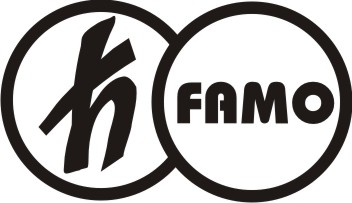Time and frequency metrology is the basis for the functioning of the modern world and sets a new frontiers of knowledge in science. SI second is the most accurate realized fundamental unit of physical quantity. It requires the complex sophisticated time keeping system and analysis of the atomic clocks and primary frequency standard behaviour in short and long-term. In the lecture the...
Optical lattice clocks are the most precise device ever developed and are at the forefront of frequency metrology. Nowadays, the systematic uncertainty and stability of optical clocks are 2 orders of magnitude better than cesium microwave fountains currently realizing the SI second, with applications in fundamental physics, astronomy and geoscience. In the near future, a re-definition of the...
According to current understanding of natural laws the same amount of matter and antimatter was created in the beginning of the Universe. We observe, in high energy experiments done at the Large Hadron Collider at CERN (European Organization for Nuclear Research) in Geneva, that matter and antimatter are produced in equal amounts and only small differences have been found in rare decays, which...
Ultra-stable optical cavity is an essential element of all the best optical atomic clocks serving as a fly wheel keeping stable optical frequency on time scales up to a few hundreds of seconds. The idea of such a cavity is very simple, keep stable distance between two mirrors and use it to stabilize frequency of a laser. Stability of the best lasers is of order of 10^-17 which corresponds to a...
In recent years a rapid development of time and frequency transfer based on optical fiber is being observed. In the lecture the specific challenges and limitations related to fiber-based T&F transfer will be discussed, and various solution will be presented and characterized, both for optical frequency transfer, radio-frequency transfer and time transfer. The European initiatives towards...
